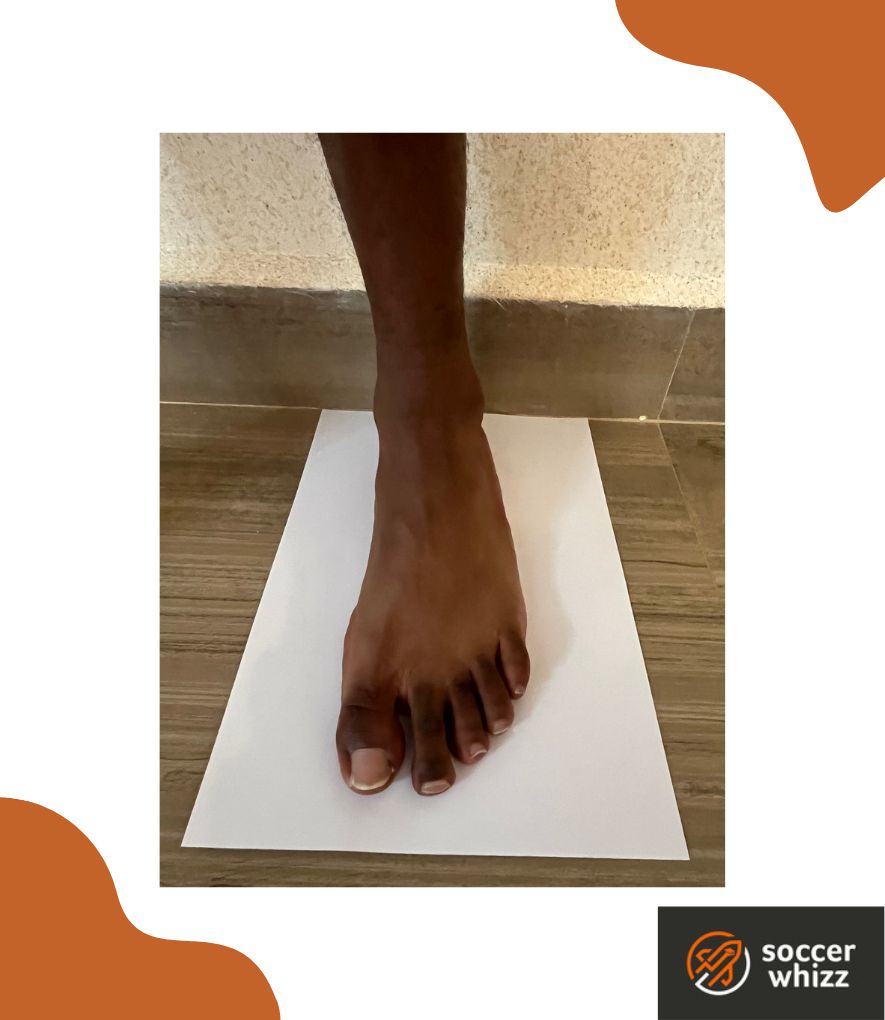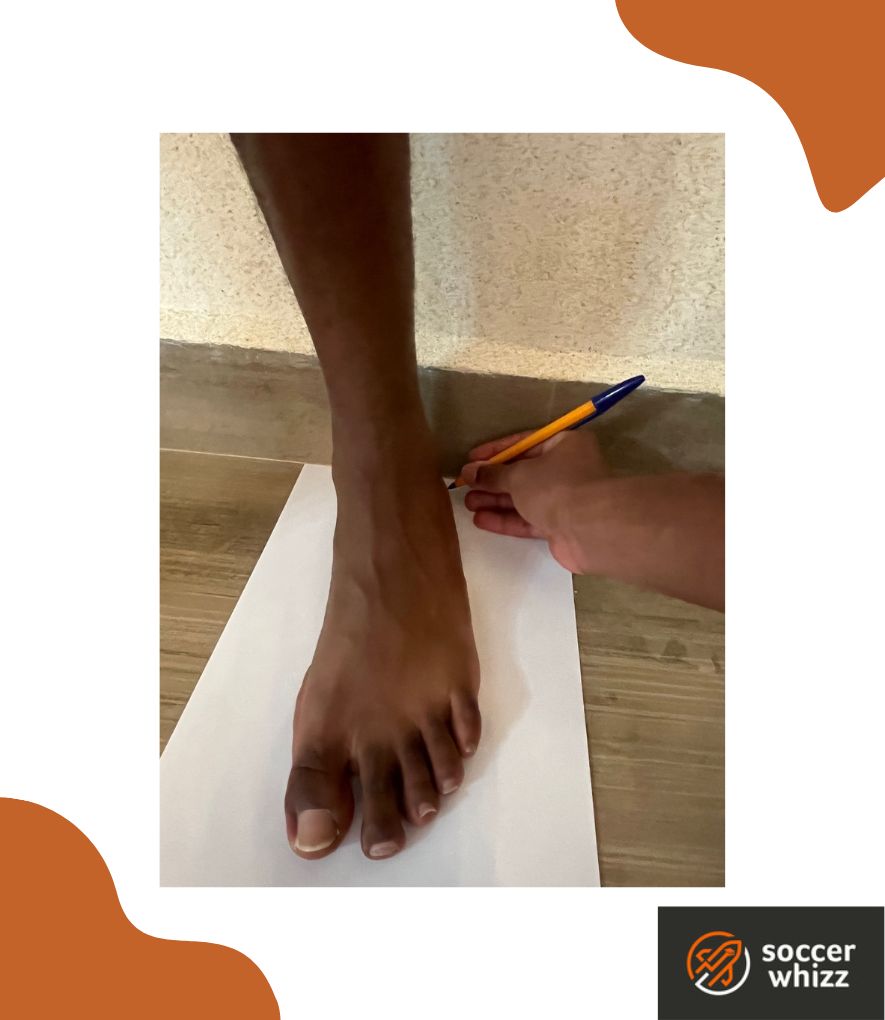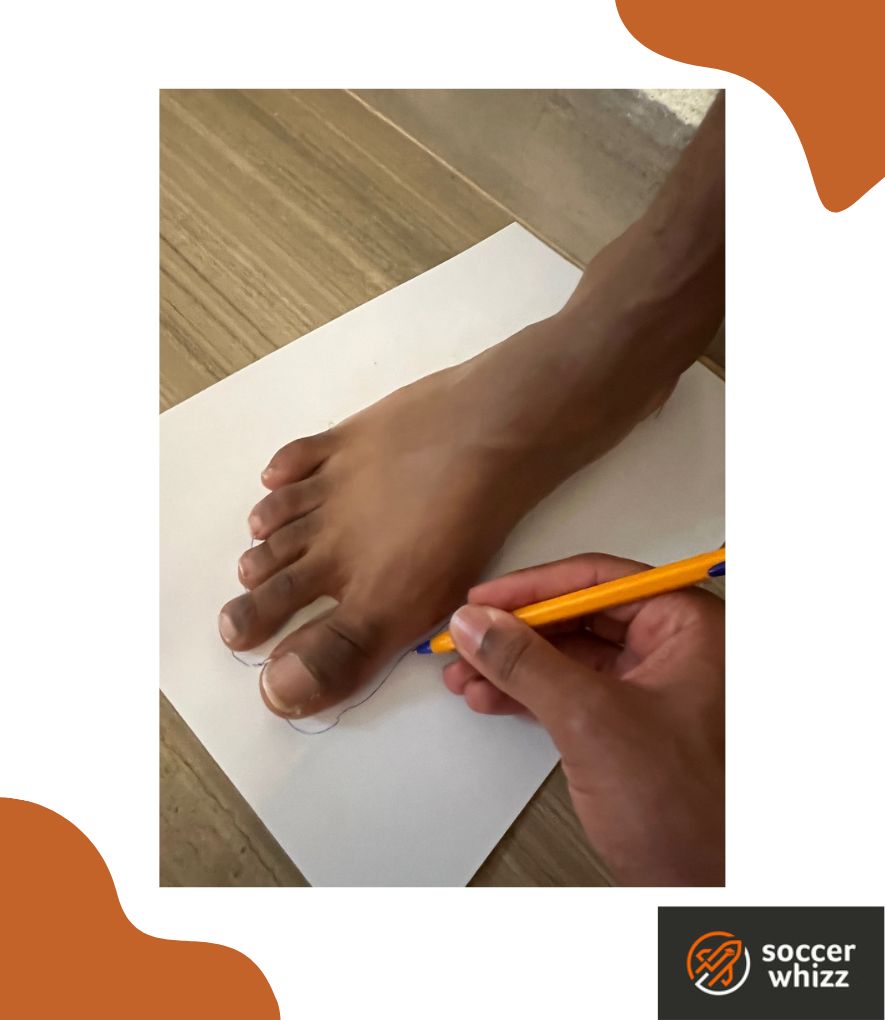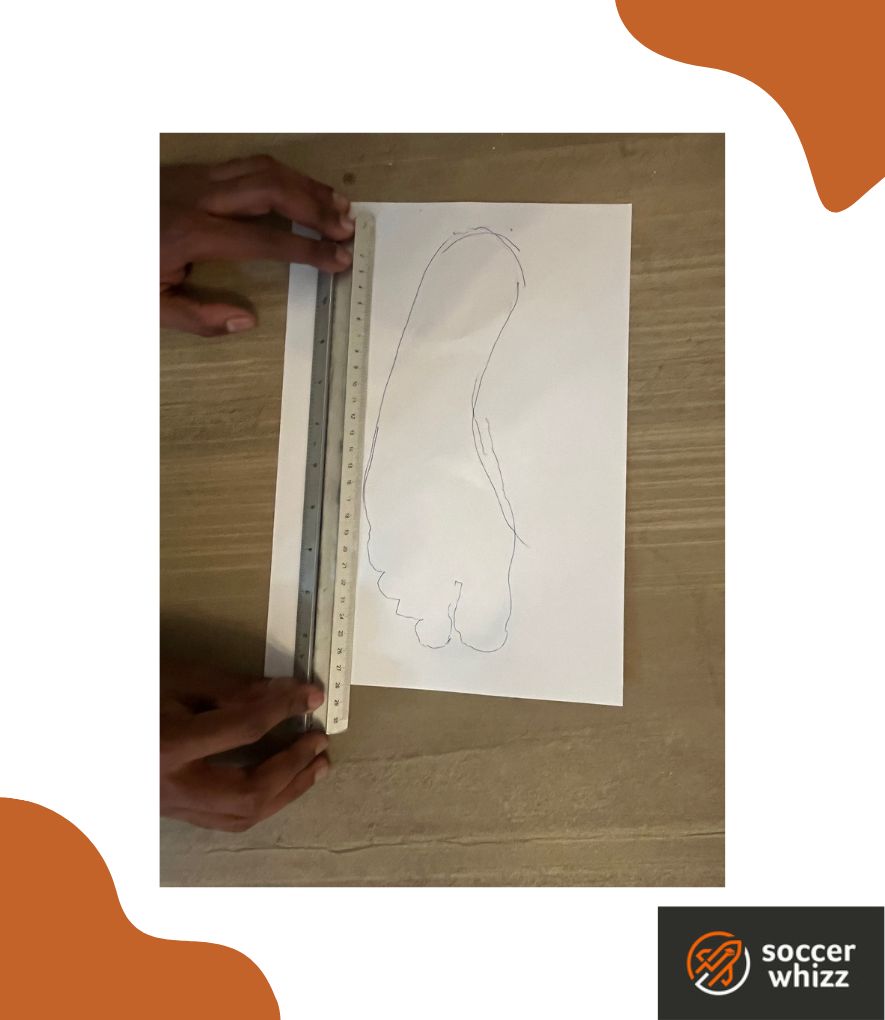When it comes to the game of soccer, every element of a player’s gear plays a crucial role in their performance on the field.
From tactical strategies to physical conditioning, athletes are constantly striving for any advantage that can elevate their game.
Among the various equipment that soccer players rely on, the significance of properly fitting soccer cleats cannot be overstated.
A pair of well-fitted cleats can enhance speed, agility, and overall performance, while ill-fitting footwear can lead to discomfort, instability, and even the risk of injury.
In this article, we will delve into the crucial factors that determine the right fit for soccer cleats.
Let’s kick things off with a quick answer summary…
In general, soccer cleats typically follow the same sizing as regular shoes. However, it’s worth noting that certain players – particularly those at an elite level – may prioritize heightened sensitivity when it comes to their fit as this gives them a stronger feel for the touch of the ball. By doing so, they can enhance their overall control and precision on the field.
Consequently, such elite players may opt for a tighter fit by selecting a half or full size smaller than their usual shoe size.
Now, whether you are a seasoned player seeking to refine your game or a newcomer looking to invest in the right pair of cleats, this comprehensive informational piece will equip you with the knowledge to make informed decisions when it comes to how your soccer footwear should fit.
Determining your soccer cleat fit – tracing
Using the tracing method is an effective way to determine your soccer cleat fit.
Here’s how you can do it:
1. Place your foot firmly on the paper
Find a piece of paper, preferably larger than your foot, and place it on a hard, flat surface such as a floor.

Make sure that one end is touching the wall.
2. Trace the outline of your foot
Place your foot firmly on the paper.

Ensure that your leg is slightly bent at a 90-degree angle, as this mimics the position of your foot when wearing cleats.
3. Repeat the process for your other foot
With a pen or pencil held vertically, trace the outline of your foot.

Start from the back of your heel and follow the contour of your foot, including your toes.
Maintain steady pressure to capture an accurate outline.
Then you’ll want to repeat this process for your other foot.
It’s not uncommon for feet to have slight differences in size, so it’s essential to measure both.
4. Measure the length from the back of the heel to the longest toe
Once you have traced both feet, use a ruler or measuring tape to measure the length from the back of the heel to the longest toe.

This measurement will serve as a guide for selecting the appropriate cleat size.
And then again repeat the process for your other foot.
Use the longer of the two measurements to find your cleat size.
5. Refer to the sizing chart provided by the manufacturer
Refer to the sizing chart provided by the cleat manufacturer.
Here’s one from Nike as an example.
Compare your foot length measurement to the corresponding sizes to determine the recommended size for your soccer cleats.
Keep in mind that different brands may have slightly different sizing standards, so it’s advisable to consult the specific brand’s size chart if available.
6. Consider foot width and personal preferences
Consider other factors such as width and personal preferences.
Some manufacturers offer different width options, so take that into account if you have wider or narrower feet.
Additionally, consider the style and fit you prefer whether that be snug or slightly loose and factor that into your decision-making process.
How much room should be in your soccer cleats?
When it comes to the amount of room in your soccer cleats, striking a balance is key.
Generally speaking, your soccer cleats should have as little space as possible to maximize the connection with the ball and provide that snug feeling.
It’s important to note that personal preferences may vary.
Some players prefer a snugger fit for a more responsive touch on the ball, while others may prefer a slightly roomier fit with more wiggle room for added comfort.
Ultimately, the goal is to have a fit that offers stability, control, and comfort without compromising foot movement or causing discomfort.
Trying on different sizes and styles, and considering your individual needs and preferences, will help you find the right amount of room in your soccer cleats.
How do you know if soccer cleats are too small?
Identifying if soccer cleats are too small is crucial to ensure comfort, prevent foot-related issues, and maintain optimal performance on the field.
Tight-fitting cleats can cause blisters, redness, or irritation on your feet.
Friction between the foot and the shoe due to inadequate space can lead to painful blisters, particularly on the toes, heels, or sides of the feet.
If you feel excessive pressure or pinching sensations, particularly in the toe area or sides of your foot, it is likely that the cleats are too small.
Discomfort or pain during movement, such as running or making quick turns, is a clear sign of an ill-fitting shoe.
If your foot feels restricted, making it difficult to flex or bend properly, it indicates that the cleats are too small.
You should be able to move your foot freely and comfortably within the shoe.
Should you size up with soccer cleats?
If your current soccer cleats feel excessively tight to the extent that you are experiencing blisters, it may be worth considering a larger size.
Exploring different sizes and brands of soccer cleats at local shops can provide valuable insight into whether sizing up is a reasonable solution.
Trying on various options will allow you to assess the fit and determine if increasing the size is a suitable course of action.
Concluding thoughts
Finding the perfect fit for your soccer cleats is a vital aspect of maximizing your performance, comfort, and overall enjoyment on the field.
From avoiding discomfort and blisters to enhancing control and agility, properly fitted cleats can significantly impact your game.
So, whether you are a beginner seeking your first pair of cleats or a seasoned player aiming to elevate your game, prioritize the art of proper soccer cleat fitting.
Now, before you go, you can have a look at two of our latest soccer cleat guides which provide some really good pointers when it comes to after care for this type of footwear.
Use the links below to check them out:
If you enjoy the content that I create and would like to buy me a coffee, then I’d really appreciate it!
Any money that I earn through this donation will be re-invested into more content for this website.
Additionally, by sending in a donation you’ll also receive a copy of my recently released 190+ page eBook on Soccer Ball Care, as well as be subscribed to our mailing list where you’ll be regularly informed on the latest developments concerning the Soccer Whizz blog.
- Future Icons: Europe’s Emerging Midfield Maestros Set for Glory - December 4, 2023
- Kickstarting a Revolution: How Soccer Transformed the United States Over the Last Four Years - October 7, 2023
- 4-1-4-1 Soccer Formation [Analysis] - September 23, 2023

